What is construction aggregate?
Construction aggregate, or simply “aggregate”, is a broad category of coarse to medium grained particulate material used in construction, including sand, gravel, crushed stone, slag, recycled concrete and geosynthetics.
Aggregate is the ideal construction material because of it’s utilitarian properties: it has predictable, uniform composition for stable foundations, high hydraulic conductivity for drainage applications, strength & durability for composites, and low-cost versatility for variety of projects.

aMERICA’S FOUNDATION: AGGREGATE MEANS INFRASTRUCTURE
Aggregates are all around us. We rely on them every day, but they can be easily overlooked. This common yet critical resource has literally helped build modern society. Aggregates enable the mobility of economic goods and services, provide us safe and reliable structures to live and work, and even make our precious outdoor spaces more enjoyable and accessible!

Roads & Bridges

Airports
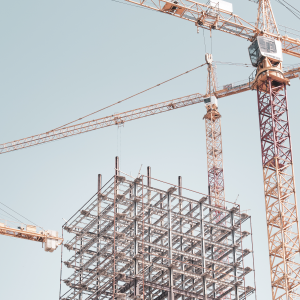
Buildings
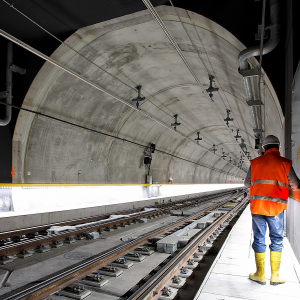
Railways

Wind Energy

Trails & Paths
QUICK FACTS

U.S. INDUSTRY AT A GLANCE (2017)
Million tons produced
Billion dollars worth of product
Producer companies
Pits in operation
%
Projected annual growth rate
Construction Demand Driving Opportunity
The United States Geological Survey reports that 45% of the total construction aggregates used by the industry are to make concrete. Concrete is used when building foundations for our homes, schools, hospitals, and offices, as well for the numerous surfaces we use for all modes of transportation.
Additionally, the U.S. Army Corps of Engineers has recently reported that a vast majority of our country’s infrastructure is at or nearing the end of its lifespan and in desperate need of upgrades. As our roads, bridges, railways and other built environment projects continue to deteriorate, the demand for overhauling or rebuilding these vital aspects of society will only grow.
These trends make the outlook for the aggregate industry positive in the near term and will likely drive continued development to meet our domestic needs. Because of the volume and tonnage necessary for large construction projects, transportation of aggregates can be costly to business and put further wear on our infrastructure. This constraint therefore accelerates the need for development of these resources in regions that are proximal to where they are going to be utilized.
Big Rock Case Study:
Aggregate Exploration & The Advantage of Sonic Drilling
Using data to predict Future potential
Understanding the problem
Sand and gravel producers are constantly evaluating ways to improve production and reduce costs. Because sand and gravel are a low-priced, bulk commodity, small changes in the operational workflow can lead to larger profit margins.
Depending on market demand and the size of an operation, adding new properties to a company’s resource base is also an ongoing necessity. These new properties need to be evaluated with a systematic approach to justify acquisition costs and to provide a reliable prediction of future product quality and availability.
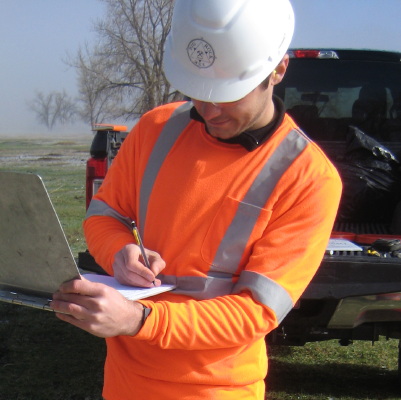
3 Key Phases of Sample Aggregate Exploration Project
Identifying And choosing the right solution
In most cases, new properties will need to be drilled and the selected drilling and sampling method can have a significant impact on the future production costs for a property. The main revenue stream is typically found in coarser sized gravel. So, the drilling and sampling method must be able to accurately capture this size fraction. Sonic drilling, while more expensive, can accurately collect coarser material and provides a continuous sample of the drill hole in difficult ground conditions.
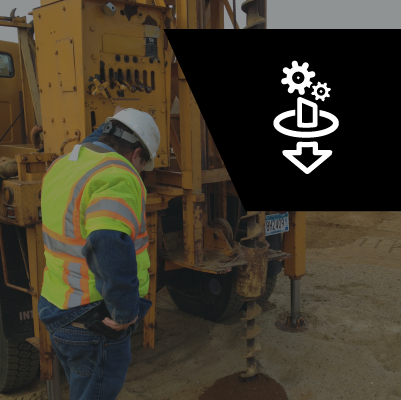
Auger Drilling
- Cost
- Speed
- Recovery Potential
- Data
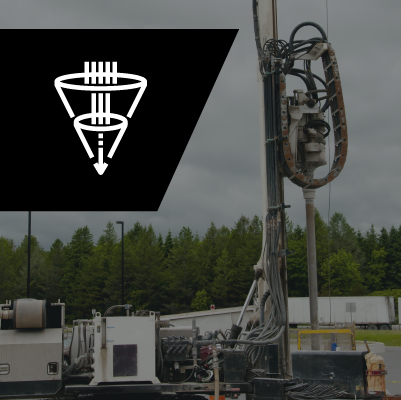
Sonic Drilling
- Cost
- Speed
- Recovery Potential
- Data
DAta Enables Smart Planning & Strategic Decision Making
The cost of exploration drilling needs to be weighed against the desired and necessary data required to create a reliable mine plan. In some cases, the operators can choose to spend more money on the front end of a project to have potential lower operating costs in the future.
An auger drilling program might cost $X while a sonic drilling program might cost $XX. However, operating with inaccurate and incomplete data could result in a significant percentage of lost revenue annually over the entire lifetime of the mine. While it may be a larger upfront cost, precision drilling methods, such as sonic drilling, outperform the status quo. Generating a complete data picture enables fully-informed decision making about the future economics of a resource, and leads to significant cost savings over the lifetime of the mine operation.

Economics of Aggregate exploration
“Precision drilling methods, such as sonic drilling, consistently outperform the status-quo. Our ability to generate a complete data picture enables fully-informed decision making about the future economics of a potential resource.”
Leif Johnson, Senior Geologist
Have an Aggregates project?
Big Rock has the experience and technical expertise to ensure you get the highest-quality data for decision-making. Our boots-on-the-ground services can save you time, reduce costs, and help maximize your resource potential.

2020 © Exsolve, Inc.
info@exsolvetech.com
